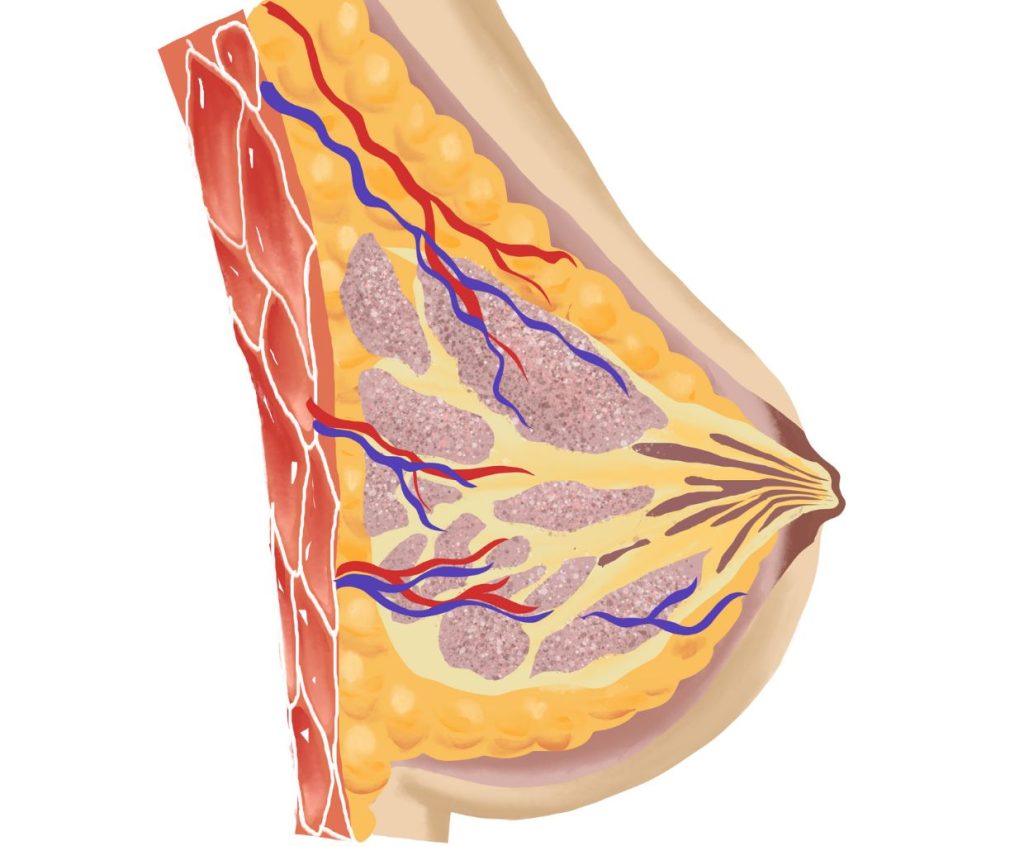Learn Everything About Your Breasts and Breastfeeding
Breastfeeding is a beautiful experience. It’s also a great way to get your breasts into shape! Breastfeeding doesn’t just give your child the nutrients they need to grow; it also helps you tone your chest muscles.
It’s not just about ensuring that your breasts are in good shape—it’s also about keeping them healthy, which is why we will tell you all about how Breastfeeding affects your breasts and what you can do to keep them looking their best.
How does Breastfeeding affect your breasts?
When you breastfeed, you’re working out the muscles in your chest. You might have heard that Breastfeeding makes boobs saggy because of all the weight they carry… but no! Breastfeeding makes your chest look firmer and more toned than ever.
That’s because as you feed your baby, you strengthen your pectoral muscles (the ones that go from shoulder to armpit). The more often you do this exercise (and the longer), the firmer and more toned those muscles will become.
Breasts and Breastfeeding – Pop culture
We are constantly bombarded with images of women’s breasts as sexual objects. Billboards & commercials show scantly clad women in suggestive postures. Magazines show busty movie stars flaunting their goodies. Unfortunately, young men & women will appreciate breasts only as allure items. They will not appreciate their real purpose until they are parents: they provide sustenance and life for the next generation.
Some small-chested women worry that their breasts won’t make enough milk. Don’t. The ability to make milk is independent of its size and shape. So whether you are large or small, broad or narrow, even or crooked, you can still make milk and breastfeed your baby.
Women who have had breast surgery may or may not breastfeed depending on their surgery (for example, Breastfeeding after breast lift surgery is probably okay because the underlying tissue is not affected).
Breasts and breastfeeding – Anatomy of Breasts
Almost everyone has seen a breast at one time or another. On the outside, the anatomy of it is simple – you have:
- Nipple: the pointy tip at the end of the breast. This is where the milk comes out. Nipples can protrude (shown) or be flat or inverted.
- Areola: the colored region around the nipple. During pregnancy, the areola may get darker; this may help the baby see and be guided towards the breast.
- On the inside is the machinery that makes and delivers milk
- Alveoli: grape-like clusters of tiny rounded sacs where milk is made. These are located at the base of the breast just above the chest. A cluster of alveoli is called a lobule, and a cluster of lobules is called a lobe.
- Milk ductules: small tubes or canals where milk travels out of the alveoli towards the nipple. Larger tubes and canals are called milk ducts.
- Milk Pools: larger tubes where milk accumulates before it comes out of the nipple. Milk pools (also called milk reservoirs or lactiferous sinuses) are under the areola, so when the baby latches on, his mouth should go around a good proportion of the areola so his tongue can push the milk out of the milk pools.
- Nipple openings: This is where the milk comes out. There are multiple openings on each nipple.
Breasts Supportive structures
Fat: just under the skin is a layer of fat. Women who have big breasts have more fat surrounding them. Fat does not have a role in making milk; it surrounds and protects the milk-making machinery.
Muscle: tissue that connects your breasts to your ribs, collarbone, and upper arm. During Breastfeeding, the breasts will become more prominent and heavier due to the milk inside. Women with strong chest muscles will have more lift and be able to maintain their figure. As well, a well-fitted bra will help support them and may reduce sagging.
Breasts and Breastfeeding – Breast Care
The best way to care for your breasts is to do nothing. Don’t use soaps and shampoos when you wash; don’t use creams or moisturizers; and don’t use disinfectants, alcohols, astringents, or anesthetics. There are small bumps on your areola called Montgomery glands.
These glands secrete an oily substance that naturally lubricates your nipples. Using soaps will wash off the natural lubricant. Using moisturizers will dilute the natural lubricant. Using alcohol will dry out the breasts and nipples. If you have a flat or inverted nipple, you can prepare them for Breastfeeding.
How long does it take for breasts to return to normal after breastfeeding?
It takes about three months for any muscle group to recover from an intense workout like this one. Breasts are designed to be able to produce milk—and they’re pretty good at it. They’re so efficient that some women find that their breasts don’t immediately return to their pre-pregnancy size after giving birth.
According to Dr. Melissa Doft, a board-certified plastic surgeon in Vancouver who specializes in breast augmentation and breast lift surgery and has helped many patients recover from the effects of Breastfeeding on their breasts,
“It’s important for women who are considering breast augmentation or breast lift surgery after breastfeeding to understand that even though we can improve the shape and volume of your breasts after you’ve had kids, it will take some time for them to return to normal.”
“The best way to fix saggy breasts after breastfeeding is by consulting with a qualified plastic surgeon,” says Dr. Doft. “They can tell you what procedures might work best for your situation.” Breast augmentation is a popular procedure for women with children, but it’s important to note that breast implants don’t fix breastfeeding-related sagging.



